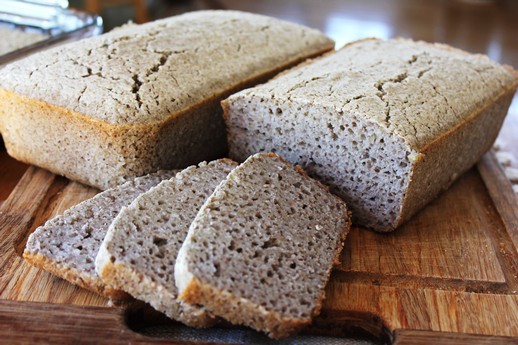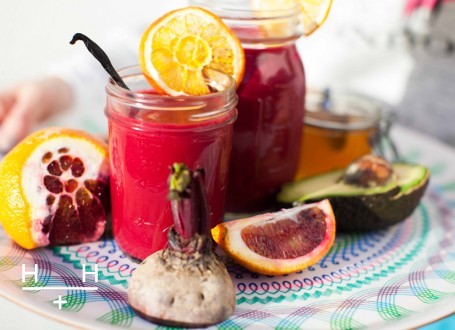The 2015 Spring Cleanse we are doing at the clinic is weeks away (May 25th-June 7th), so I wanted to share a taste of the type of recipes I will be sharing with the group. Spring is a great time to do a gentle cleanse or reboot. In chinese medicine, spring is the time of the liver, and the liver is responsible for cleansing and detoxing the body. By eliminating the more inflammatory foods, such as gluten, dairy and sugar, and supporting the liver to work optimally, we will begin to feel more energized, less bloated, see clearer skin and shed some winter weight.
This recipe comes from the authors of The Whole Life Nutrition Cookbook, and is suggested during an elimination diet for breakfast. The ground turkey provides adequate morning protein for the day ahead, and is a less inflammatory meat. Sweet potatoes are also anti-inflammatory, with antioxidants and help balance blood sugar. Great for a detox and taste delicious. You can make a big batch of this recipe ahead of time, for a quick, nutritious breakfast. I like adding a side of sauteed greens, such as kale. I added fried plantains one morning to curb my craving as well!
(If you want to join in on the cleanse, check out my facebook page here, for more information.)
Ingredients:
- 1 1/2 pounds sweet potatoes, peeled and cut into chunks
- 3-4 green onions, cut into large pieces
- 2 tbsp olive oil
- 3/4 pound ground organic turkey
- 1/2-1 tsp dried marjoram (can substitute half the amount of oregano, if needed)
- 1/2 tsp Herbamare (or sea salt)
- freshly ground black pepper
- 3-4 tbsp thinly sliced fresh sage leaves - garnish
- 2-3 green onions, thinly sliced - garnish
Recipe:
- Place the sweet potatoes and green onions into a food processor/blender. Pulse/process until chopped into small pieces, being careful not to over process.
- Heat a 12-inch cast iron skillet over medium heat. Add the oil. Saute sweet potatoes and green onions for 10 to 12 minutes then push them to the side of the pan. Add the ground turkey to the empty side of the pan, sprinkle with marjoram, Herbamare, and pepper. Saute for about 5 minutes or until cooked. Add a dash more olive oil if needed.
- Stir the sweet potatoes and turkey together; saute a few minutes more. Taste and adjust seasonings if necessary. Sprinkle with fresh sage and green onions. Serve and enjoy!
In health & happiness,
Dr. Karen







